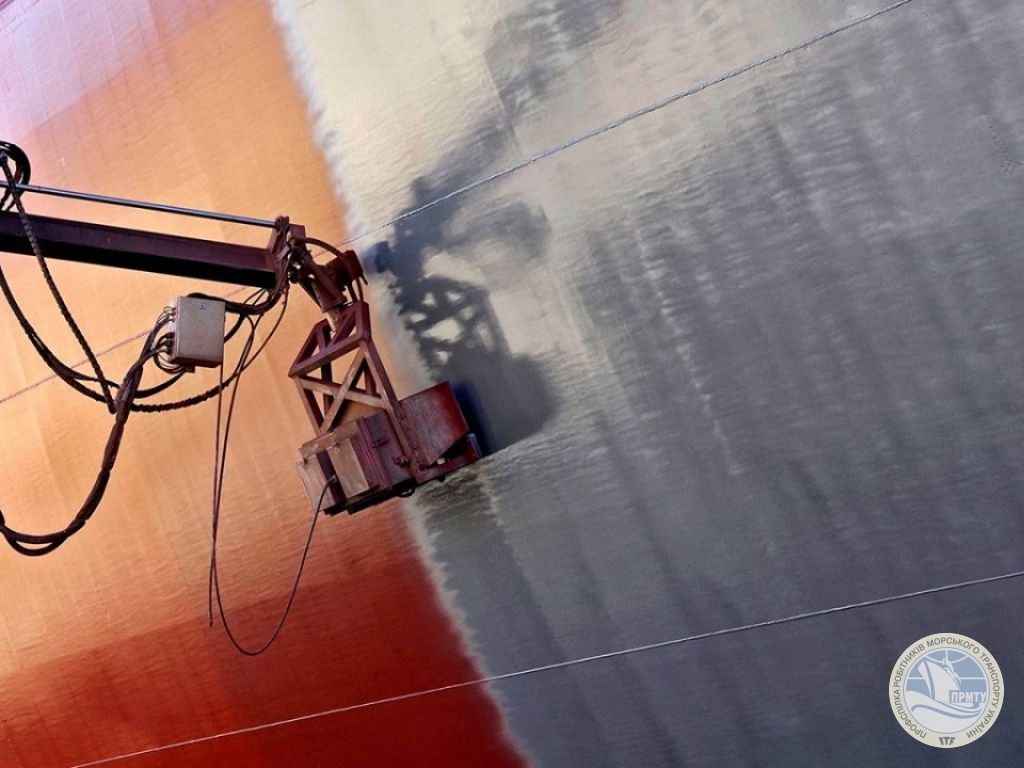German container shipping company Hapag-Lloyd revealed it is currently testing ship-painting robots with nine of its ships.
With the help of robots that replace traditional application by hand, Hapag-Lloyd said it is possible to improve the quality of ship painting and shorten the docking time.
At shipyards in Hamburg, Marseilles and most recently Singapore, the company has tested the so-called Hull Treatment Carrier (HTC) coating on its vessels.
As explained, the system from the Austrian manufacturer Palfinger is made up of several automated units that travel along the side of the ship’s hull while it is in dry dock. Its job is to remove the old layers of paint from the hull with extremely high water pressure and then to evenly apply new paint.
The machining heads of the system can reach up to 77 percent of the approximately 9,300 square meters of surface area per ship. The shipyard staff works by hand on the bulbous bow, below the bilge keels, at the propeller apertures, and on the flat bottom. The HTCs can each apply around 600 to 800 square meters of paint per hour, which means it only takes a few hours for one coat of paint.
What is more, overspray is no longer an issue thanks to robots, according to Hapag-Lloyd. Specifically, the thickness of the applied layer of paint is much more uniform. It is also possible to lower the amount of paint that is used.
“We can ensure a certain level of quality with automated application systems, and the system is less harmful to the environment,” Jan-Evan Lütje, a shipbuilding engineer in Hapag-Lloyd’s Technical Fleet Management, explained.
“The performance indicators show that the smoother surface results in both lower fuel consumption at the start and a greater resilience to fouling over the entire 60 months,” Lütje added.




